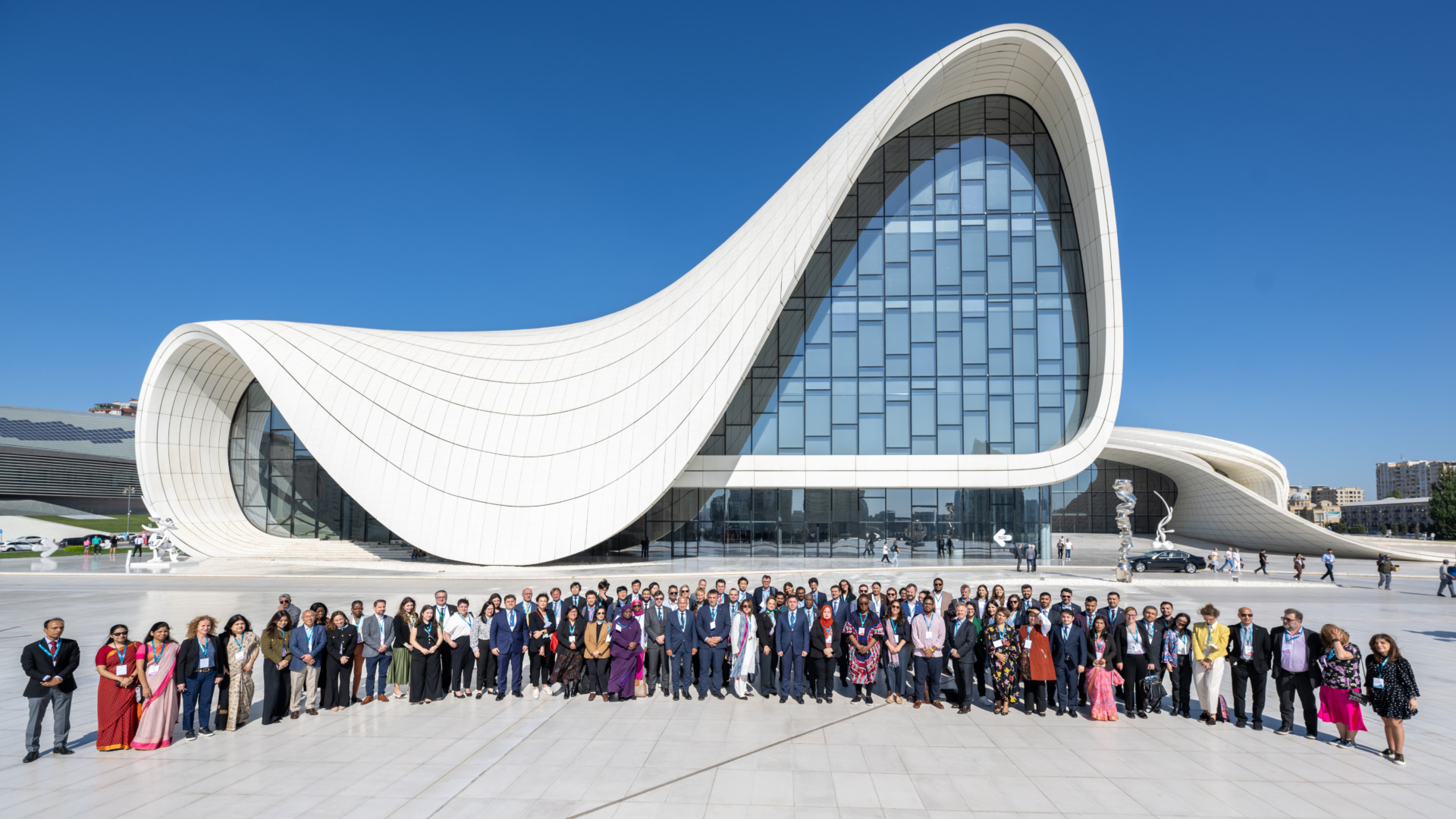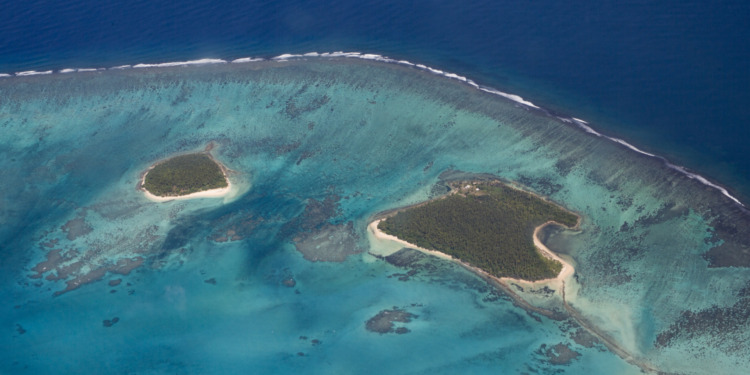Levels of climate finance provided to developing countries compare poorly with their actual requirements
Developing countries need trillions of dollars of help from developed nations to help them meet their climate goals and to compensate them for loss and damage from climate change.
So far, funding has fallen well short of what’s needed.
Financing mechanisms under the United Nations Framework Convention on Climate Change (UNFCCC) have been among the most contentious facets of the treaty, largely due to the under provisioning by the developed countries.
While they had agreed to provide $US100 billion by 2020, the actual level of funding consistently remained below this until 2022. In 2022, for the first time, developed countries provided and mobilised climate finance totalling $US116 billion, up from about $US90 billion a year earlier.
Climate finance from public institutions accounted for close to 80% of funding in 2022, increasing from $US38 billion in 2013 to $US91.6 billion in 2022. Though the increase from public institutions increased by 25% between 2021 and 2022, private climate finance increased by almost 50%.
Most developing countries have long demanded much higher levels of funding from developed countries.
India and the Arab Group have, for instance, demanded that developed countries must provide around $US1 trillion annually to meet the financing needs of developing countries.
Several institutions have confirmed that the levels of climate finance provided to developing countries compare poorly with their actual requirements, and that their annual actual requirements could run into several trillions of US dollars.
According to the Green Climate Fund, developing countries would need $US2-4 trillion annually and mobilising private capital is critical to meeting this target.
The first Needs Determination Report of the Standing Committee on Finance in 2021 estimated that nearly $US6 trillion was needed to implement developing countries’ climate action plans by 2030.
Other estimates put this cost at $US7.8-13.6 trillion for the same time period. In 2019, the Independent High-Level Expert Group on Climate Finance estimated that the emerging markets and developing countries, excluding China, must spend close to $US2.4 trillion a year until 2030 to meet climate goals.
The Expert Group argued that about one-half of the total funds needed by these countries would be from sources providing concessional credit (including bilateral, multilateral, and other “innovative concessional” finance), and that more than half of this private finance would be directly and indirectly catalysed by multilateral development banks other development finance institutions, among others.
Two new financing windows — the New Collective Quantified Goal, and the “Loss and Damage Fund” (L&D Fund) — are also expected to face a fund crunch when in less than two weeks, COP29 is convened in Baku in Azerbaijan.

Yet there is hope that the meeting would take important decisions regarding the two new windows of climate finance.
The New Collective Quantified Goal financing window could enable developing countries to meet their Nationally Determined Contributions (i.e., plans that countries create to reduce greenhouse gas emissions and limit global warming) by 2030.
The adoption of the New Collective Quantified Goal financing window at COP29 would ensure continued provisioning of targeted climate finance, a process initiated in 2009 through the decision to set up the Green Climate Fund. Developed countries had committed to contribute $US100 billion by 2020 to it.
The new financing window is considered vital for channelling greater funds that developing countries urgently need for climate action.
It would support the implementation of low-carbon, climate-resilient solutions in energy, transport, agriculture, and other vital systems.
Increasing financial support should enable developing countries to step up their climate ambitions in the next round of national climate plans, which are due in 2025.
Related Articles: Finance and Equity Should Be the Core of COP29 Talks | A Global Imperative: Moratorium on Offshore Oil and Gas Drilling | COP28: Our Biggest Failure in 2023 | Who Pays and How: The COP28 Dilemma of Debt and Equity
The second major climate finance window, which would be in focus at Baku, is the L&D Fund.
The fund is the outcome of the COP27 decision to “establish new funding arrangements for assisting developing countries that are particularly vulnerable to the adverse effects of climate change.”
The L&D Fund came into existence during COP28 after the Governing Instrument of the Fund was approved. The case for such a fund was initially made in 1991 by the Alliance of Small Island States to counter the adverse consequences of climate change.
The L&D Fund would test the global commitment to meet the long-standing demand of the most vulnerable countries to be compensated for the “loss and damage” suffered by them due to climate change.
Since the L&D Fund was established during COP28, 23 countries have pledged to contribute $US700 billion towards addressing loss and damage.
Four countries, France, Italy, Germany, and the UAE together account for 60% of the pledges made so far, but the US, whose share in historical emissions (since 1850) is the largest (20% of the global total), has contributed $US17.5 billion.
These contributions are too meagre given that the projected economic cost of loss and damage by 2030 is estimated to be between $US400 and $US580 billion a year. Further, by 2050 the economic cost of loss and damage in developing countries is estimated to increase to $US1-1.8 trillion.
An equally important concern is whether climate finance would worsen the debt burden of developing countries which is already at a precarious level.
In 2023, public debt in developing countries reached $US29 trillion, almost 30% of the global total. Further, the share of private creditors in the total external public debt of developing countries was 61% in 2022.
Borrowing from private creditors on commercial terms is more expensive, but with concessional financing from multilateral and bilateral sources drying up, developing countries could end up worsening debt burdens while responding to their commitments to reduce global warming.
** **
This article was originally published by 360info™.
Editor’s Note: The opinions expressed here by the authors are their own, not those of Impakter.com — In the Cover Photo: Nuku & Fukave Islands, Tonga, October 2016. Cover Photo Credit: Wikimedia Commons.









